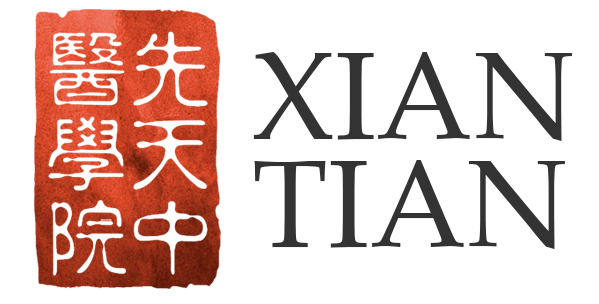Professional Training in
Acupuncture & Cupping![]()
One of the major treatment modalities of Chinese medicine is Acupuncture which is often paired with both Moxibustion and Cupping. The insertion of fine, sterile needles into specific points along the body’s channels has become increasingly popular due to its powerful effects. At the Xian Tian College of Chinese Medicine (XTCM), we teach Acupuncture and associated treatment modalities in a classical manner, with emphasis placed upon both the manual skill of needle control as well as the energetics of the method.
points & Channels
Acupuncture needles are inserted into various points in the body which, in the majority of cases, sit along the length of channels or meridians as they are commonly known. When correctly stimulated, these points change the qualities of the channels and organs; they work by sending specific instructions to the body to help it in moving towards a state of inner harmony.
On top of this, the needle may become an extension for the mind and Qi of the practitioner who may then interface directly with the Qi of their patient. In this way, Acupuncture practice becomes a form of medical Nei Gong (inner skill) which is as much dependant upon the energetic development of the therapist as it is upon the points that have been selected.
The functions of the points and the actions of the 72 channels of the body are studied and treated as if we are learning about dear friends as our intimacy with the nature of the points is really going to help us move deep into developing skill as a practitioner of Chinese medicine.
Cupping
Many cultures around the world have understood the use of cupping in treating medical disorders. Chinese medicine is no different and has an extensive system of protocols and guidelines for the use of glass, bamboo or (nowadays) plastic suction cups in treatment. These cups are placed onto the body where a vaccuum within the cup is used to draw out pathogens or stimulate the channels and tissues in specific ways.
Cupping is an effective treatment for many musculoskeletal conditions; it is used by athletes around the world as you may soemtimes see from the distinctive circular marks it temporarily leaves on the skin after usage. As well as this, cupping may be used effectively for internal conditions such as respiratory and digestive imbalances plus many more. Cups are either placed onto the body, after the air has been burnt out of them, or combined with massage oil so that they may be slid along the length of channels and tissues. This frees up Qi-flow, clears pathogens and assists in treating up stagnant Blood caught at injury sites.
Cups are often used in conjunction with both Acupuncture and Tui Na bodywork and so we teach them as a part of our other treatment modules at Xian Tian.

Study
Acupuncture, Cupping, Moxa and Guasha-scraping are taught as one module within Xian Tian college. It can only be taken as a subject after the initial first-year theoretical module has been completed and a successful test has been passed. Students then study this subject for a further two years on practical in-person events which are taught by Linda Hallett and Kirsty Evans. Upon completion, students are awarded a professional Diploma in Chinese Medicine (Acupuncture) which is a recognised UK qualification to practice.
Moxibustion
Moxibustion is the burning of the herb Mugwort alongside the use of Acupuncture treatment. This herb can either be piled upon along channels and on points or else it can be attached to a needle and burnt. When the ‘moxa’ is lit, it warms the body and helps to move Blood and Qi. In ancient times, Moxa was used to ward off evil spirits and so, essentially, Moxibustion is an early form of exorcism, but in modern times we discuss Moxa in terms of how it warms and mobilises during treatment.
Moxibustion is an important part of Chinese medicine and many treatments will involve the burning of this very special herb.



